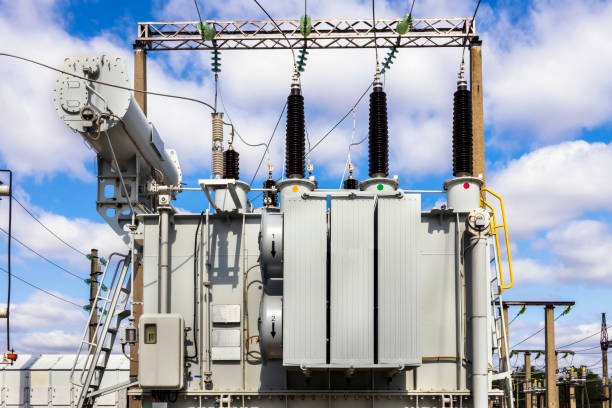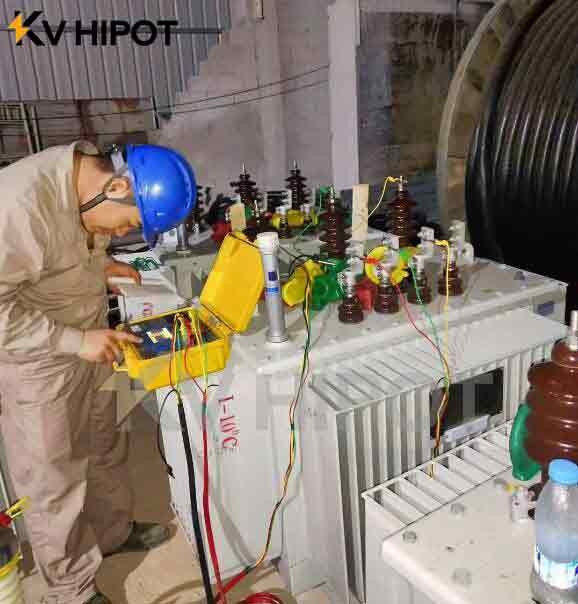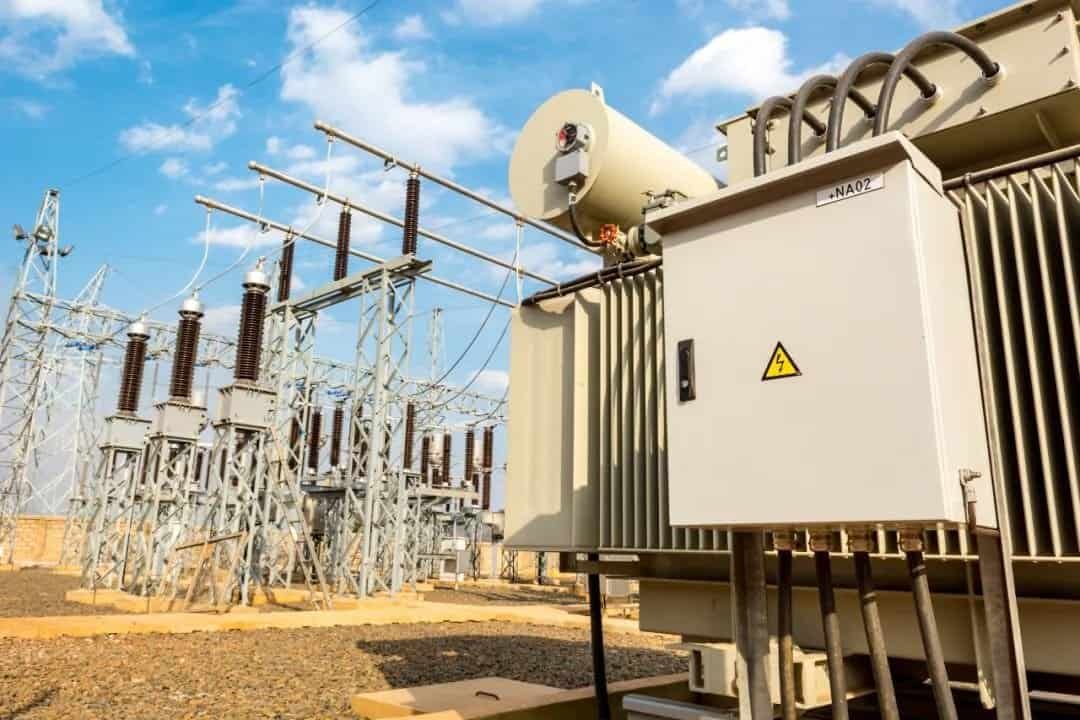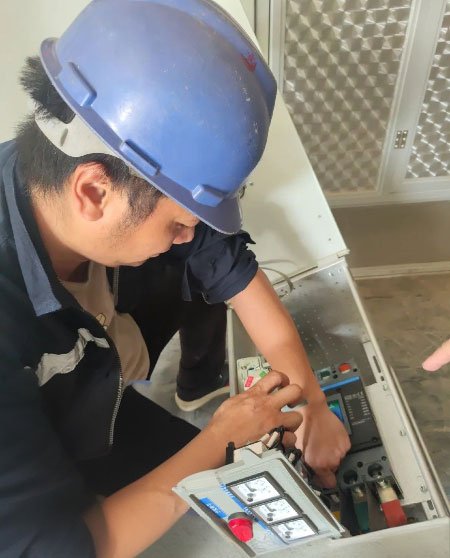
What Is an HV Test Kit and How Does It Work?
An HV test kit is an essential tool for electrical safety and reliability. Understanding the correct procedures for testing different assets like cables and transformers ensures you get accurate results and prevent catastrophic failures.










